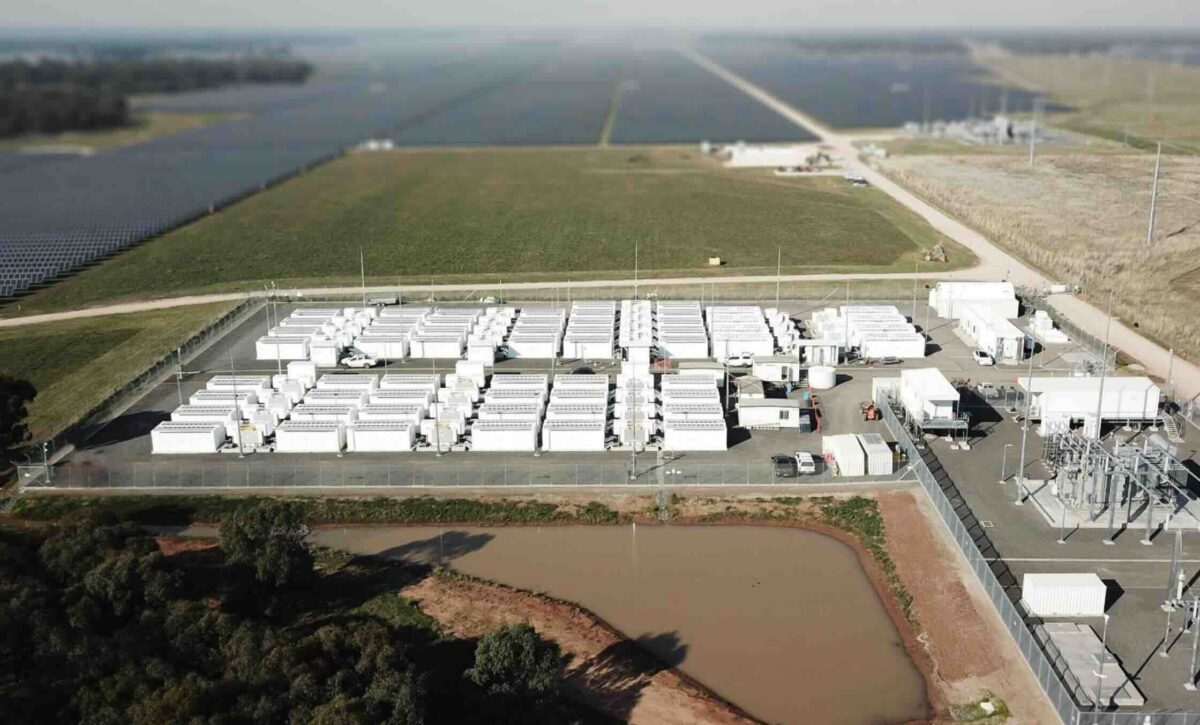The growing number and size of big battery projects on the Australian grid has led to a doubling of the output in the morning and evening peaks, with more to come as yet more and even bigger battery projects are completed.
According to the Australian Energy Market Operator, the average output of grid-scale batteries in the morning peak – between 7am and 10am – doubled in the June quarter to 138 MW from 67 MW in the same period last year.
In the evening peak, between 6pm and 9pm, the increase was even bigger with the average output jumping 130 per cent to an average 227 MW.
The Australian market is still a long way short of the impact in California, where a much larger fleet of big batteries – more than 10 gigawatts (GW) compared to 1 GW in Australia – is often the biggest contributor to supply in the evening peaks, regularly trumping the gas peakers that were traditionally the biggest player in that market.
Australia was first to market in big battery projects, with the original Tesla Big Battery, aka the Hornsdale Power Reserve – but its rollout slowed significantly in following years.
California and Texas have now overtaken Australia in terms of capacity and storage, although a host of big projects under construction and commissioning in Australia are due to come on line in the next 12 to 18 months.

The AEMO Quarterly Energy Dynamics report notes that net revenue for Australia’s current fleet of big batteries totalled $41.2 million in the June quarter, about 50 per cent more than in the same period a year earlier.
Interestingly, most of the revenue increase came from energy arbitrage – buying at low prices, or even being paid to charge in negative pricing events (a total of half a million dollars in the quarter), and then selling in the peaks.
That reflects the fact that new batteries are being built with longer storage duration – two to four hours of storage rather than shorter periods that were focused on grid services.
Net revenue from energy arbitrage doubled to $25.5 million, with revenue from sales jumping $22 million and energy costs by a much smaller $10 million.
The market for frequency control ancillary services – the very first honey pot from the initial battery storage projects – remained steady, and its share of revenue fell to 39 per cent from around 54 per cent in the same period last year.

The addition of the Riverina and Darlington batteries developed by Edify Energy in the south west of NSW enabled the state to grab the biggest share of net revenue, although 80 per cent of this came from arbitrage rather than FCAS.
In Queensland, the story was slightly different, with revenue nearly doubling but most of this coming from the FCAS market rather than energy arbitrage.








